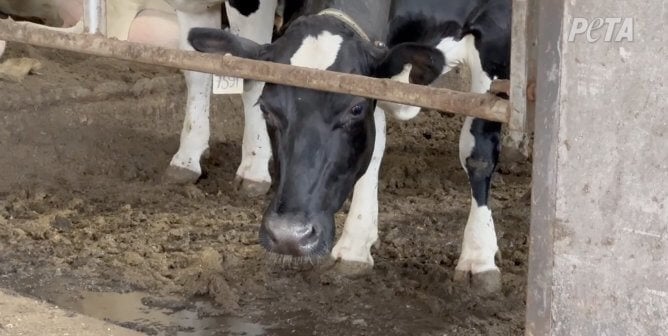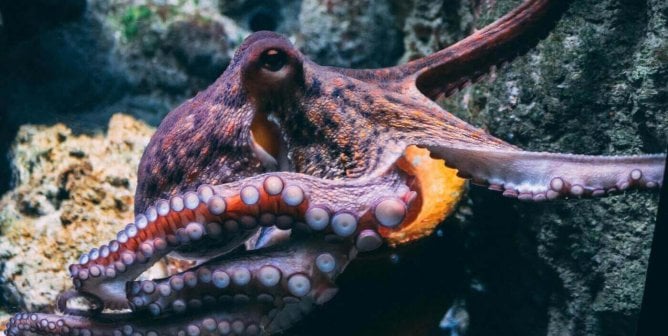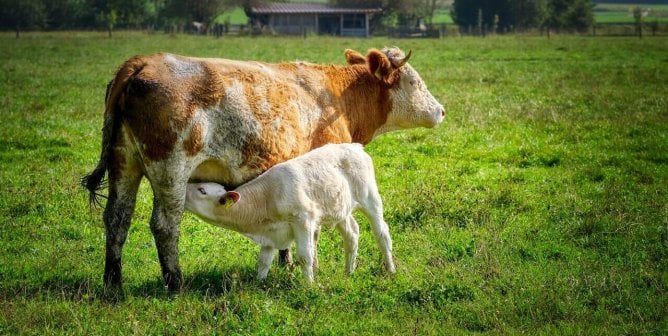Pigs Used for Food
Considered by animal behaviorists to be smarter than dogs, pigs are clever animals who are also friendly, loyal, and intelligent. They are naturally very clean and avoid soiling their living areas. When they are not confined on factory farms, pigs spend hours playing, lying in the sun, and exploring their surroundings with their powerful sense of smell.
On today’s farms, these outgoing, sensitive animals spend their entire lives in cramped, filthy warehouses under the constant stress of intense confinement and are denied everything that is natural and important to them.
Mother pigs (sows) spend most of their miserable lives in tiny gestation and farrowing crates so small that they can’t even turn around. They are impregnated again and again until their bodies give out and are then sent to slaughter.
Piglets are torn away from their distraught mothers just a few weeks after birth. Their tails are chopped off, the ends of their teeth are snipped off with pliers, and the males are castrated. No painkillers are given to them to ease their suffering. The young pigs then spend their short lives in cramped, crowded pens on slabs of filthy concrete.
When the time comes for slaughter, pigs are forced onto transport trucks that often travel for many miles through all weather extremes. Many pigs die from heat exhaustion in the summer or arrive frozen to the inside of the truck in the winter. According to industry reports, more than 1 million pigs die in transport each year, and at least 40,000 sustain injuries by the time they arrive at the slaughterhouse.
Because of improper stunning methods, many pigs are still conscious when they are dumped into tanks of scalding-hot water, which is intended to remove their hair and soften their skin.
The best way to help put an end to this cruelty is to switch to vegan foods. Order PETA’s free vegan starter kit, which contains great tips and free recipes to help you make the transition to animal-friendly eating.








